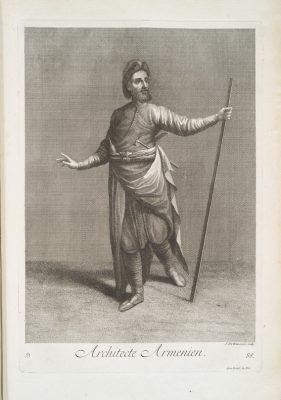The Greek-Byzantine place name Temenouthyrai [‘temple doors’] goes back to the year 535, the Turkish place name Uşak [Tr: ‘little’?] is documented since 1520. It is possibly derived from the corruption Uvşık of the name of the Byzantine military province of Opsikiôn (Obsikion), whose centre in the 13th century was not in today’s Uşak, but in the city of Kula.(1)
“Located in the southernmost tip of the sancak of Kütahya, the Armenian colony of the kaza of Uşak, with 1,100 members, was essentially concentrated in the east of the kaza, also named Uşak; economic activity here was organized around rug-making and the fabrication of woolens.
(…) The histories of a few individual detained in Çankırı who were among the rare prisoners released, on condition that they reside elsewhere than in Istanbul – the architect Simon Melkonian, Sarkis Arents, the pharmacist Hajian, Kasbar Cheraz, Mikayel Shamdanjian, and Father Vartan Karageuzian – illustrate the uniqueness of the case of the sancak of Kütahya. After passing through Eskişehir and being expelled from Smyrna on 31 October, these men arrived, on 3 November, in Uşak, whose population had also not been deported, because, at the administrative level, the city was attached to Kütahya. Thanks to the station-master, M. Dedeyan, and the priest, Father Harutiunian, who vouched for them with the authorities, the local police granted them permission to settle in Uşak, where they remained three years – the only deportees present in the town – and even founded a school for the Armenian children there.”(2)
